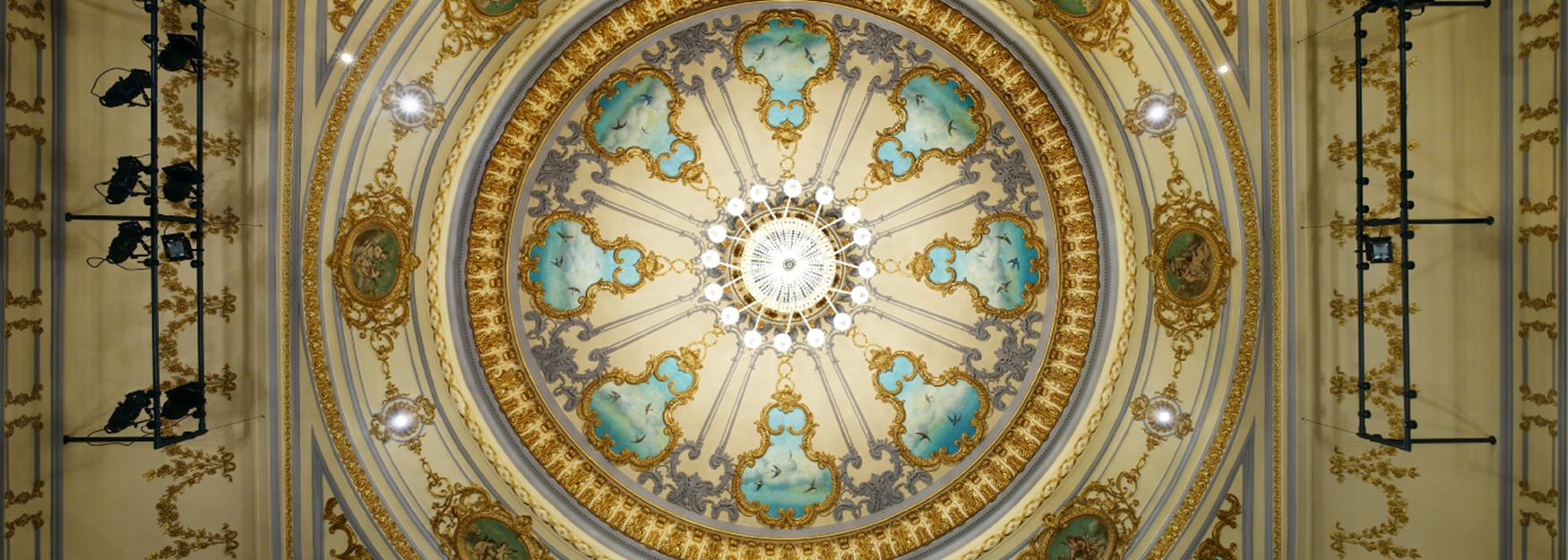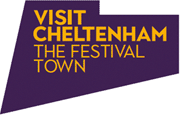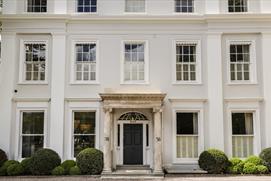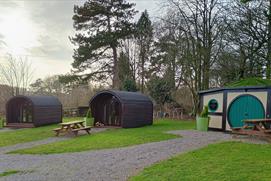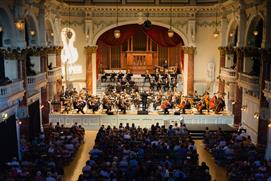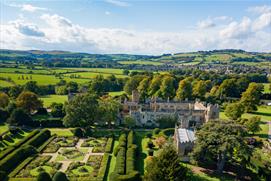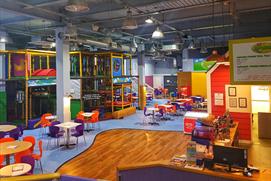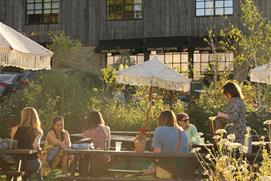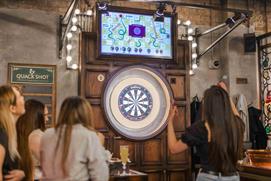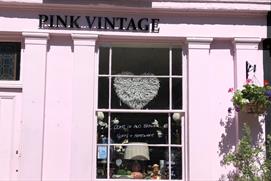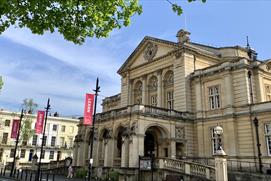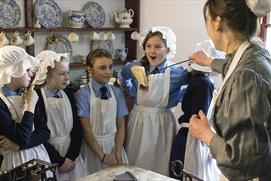You are here: Inspire Me > Regency Cheltenham > Architecture
Regency architecture of Cheltenham
Cheltenham owes much to its Regency roots, which were pivotal in assuring its growth from a Medieval manor village, to the town it is today. A visit by King George III secured Cheltenham's reputation as a fashionable place to be seen, and this popularity contributed to its rapid growth during the Regency period. This short and extensive expansion period has given our town an abundance of Regency buildings, and has earned us our place as Britain’s most complete Regency town.
As a style, Regency architecture started popping up in the late 1700's, pioneered by Scottish architect Robert Adam, and continued even after King George IV’s untimely death, well into the 1840's. It is strictly attributed to late Georgian architecture and is typified by a renaissance of neoclassicism, which drew inspiration from the ancient Greeks and Romans, featuring ionic porticos and fluted columns galore. Anyone taking a casual stroll around Cheltenham will easily spot these ancient influences, which adorn many buildings in the town. Regency style was also used to describe the decorative arts of the interior design including block printed, or striped wallpaper, as well as the fashion of the time including the famous Empire silhouette. Pop along to the Holst Victorian House to see a perfectly preserved interior from the period.
Much of Cheltenham's iconic architecture was built during the Regency and subsequent reign of King George IV between 1811 and 1830. Unlike many other periods of architecture, Regency was not about strict building rules, and was instead more a set of 'guidelines' for the design of the buildings.
For example, many modern Cheltenham homes reside in plain, elegant Regency buildings, particularly around Tivoli, The Suffolks and Bath Road. These Regency gems often appear flat roofed (but look closely they aren’t) and have a flat vertical façade, string course (a horizontal line in relief between floors) and are finished in stucco with multi-paned sash windows. The plots are often enclosed with iron railings and sometimes an open porch to keep rain off the door.
Taller ‘townhouse’ style buildings regularly feature wrought-iron verandas too and these iron railings are an integral part of the Cheltenham heritage. Visit the sweeping Royal Crescent, just behind the bus station, which offers an example of some of the earliest Regency buildings in the town, each with stark black ironwork that was been handmade by a blacksmith.
Moving on to our ‘grander’ buildings, and you’ll see a strangely aesthetic combination of plain, stripped back Georgian architecture, combined with flamboyant, decorative classical features reminiscent of the ancient Greeks. Porticos, columns (fluted or plain), entablature, frieze, architraves, cornices, modillions, pediments and balustrades all make an appearance on the different buildings, and each building is sympathetic to one of the original classical ‘orders’. These were devised by the Greeks and later expanded and adapted by the Romans, to determine the proper proportions and decorative styles of a building. In Montpellier, you’ll find many a fluted pillar (look at Ask Restaurant for example), which are also joined by Caryatid’s - 'armless ladies' - a type of column which are loosely based on classical models on the Acropolis in Athens and are a form of decoration used extensively in 19th century France. There are 32 Caryatids in total, two were originally sculpted in terracotta by a London artist called Rossi and the remainder were copied by a local Cheltenham man.
Around town generally, you will be able to spot porticos (like porches) and pillars from many of the classic orders, including Greek Doric, which can be found on the Playhouse Theatre, Roman Doric, which can be seen at Langton house on London Road, Ionic, like the buildings on Bayshill Road, and Corinthian, like those in Suffolk Square. Each has a unique style and finish, and many an hour can be spent spotting these beauties!
We could go on for pages about the Regency architecture of Cheltenham, but for anyone wishing to see some of the finest examples of our architecture, we recommend a trip to the Pittville Pump Rooms, The Rotunda at the top of Montpellier, and a walk down Montpellier too and The Royal Crescent behind the bus station. In fact, just a general stroll around the town will have you spotting features before you can say, well… Regency!



 to add an item to your itinerary basket.
to add an item to your itinerary basket.



.png)

